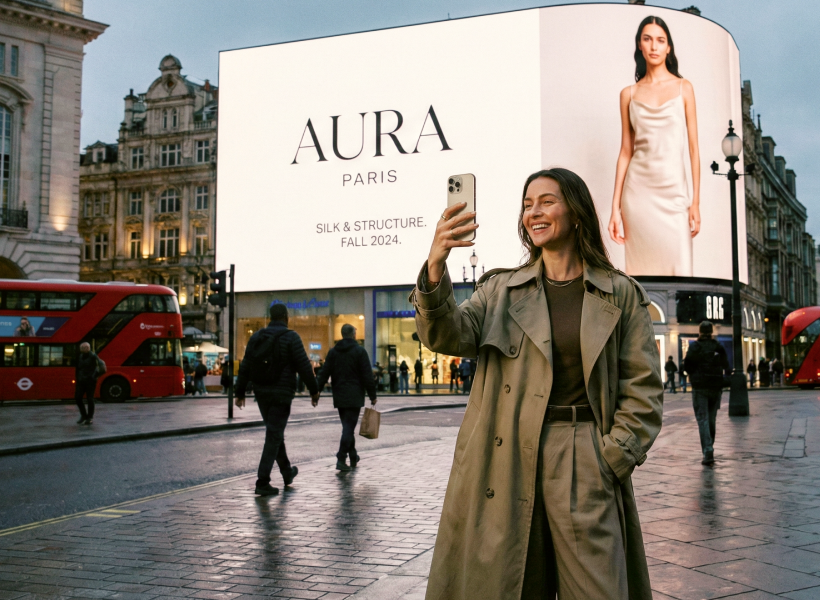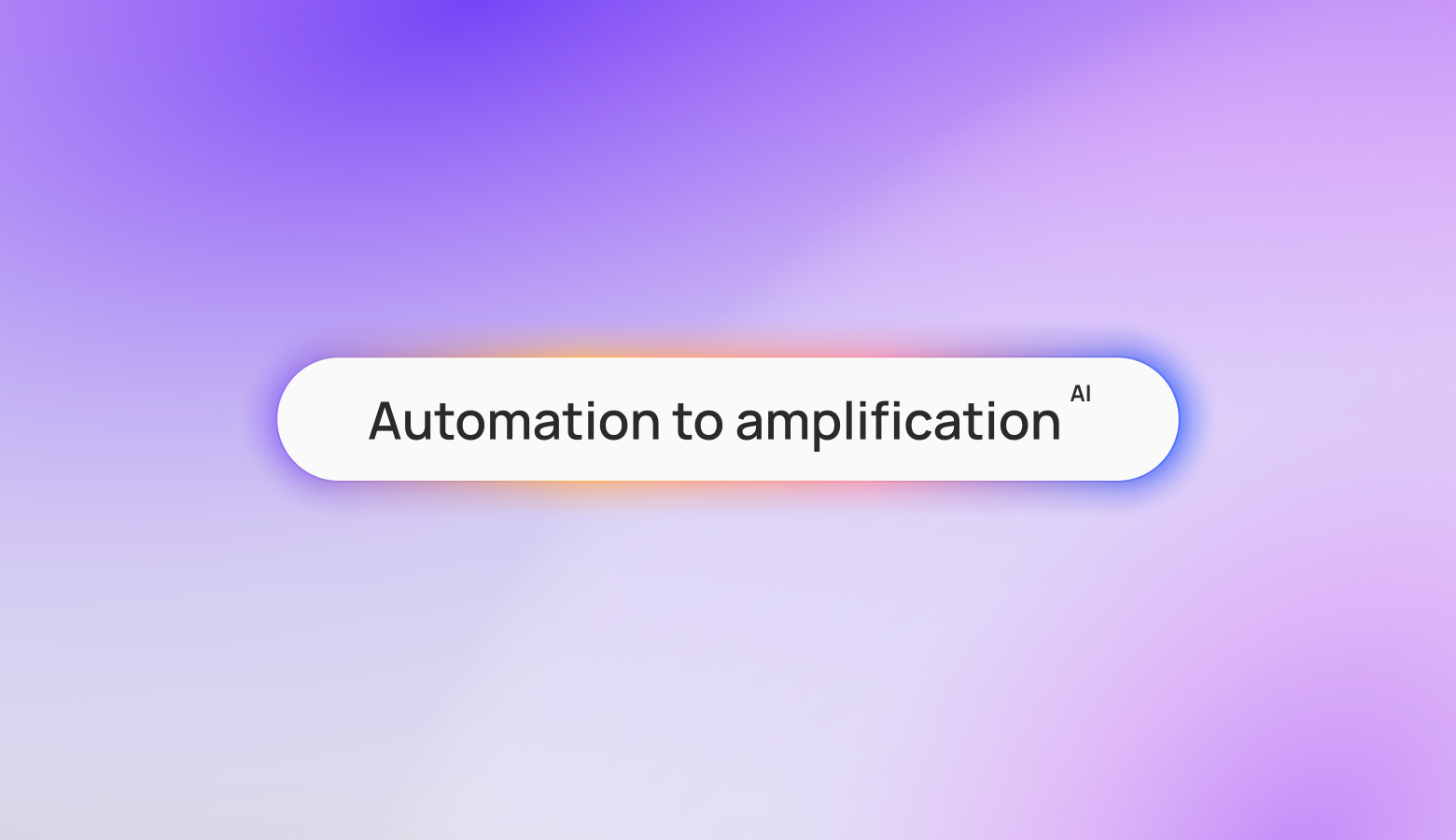Location Visitation Attribution Studies with Billups

Out-of-Home (OOH) advertisements, long used for creating brand awareness, can drive real-world action. According to a late 2022 poll by OAAA and Morning Consult, nearly 80% of those who see OOH ads are inspired to respond to an outdoor ad’s CTA.
Furthermore, of those who recently noticed an OOH ad giving directions to a store or business, nearly half visited the store, business, or restaurant within 30 minutes of seeing the ad. This shows that OOH has an excellent ability to drive foot traffic.
In this article, you’ll learn how our Location Visitation Attribution studies work at Billups, what types of brands can benefit most from these studies, and how that information can help you improve your OOH campaign strategies.
Who Should Do Location Visitation Studies?
If you are a brand with a physical location and would like to drive and measure foot traffic to your location, then you may benefit from a Location Visitation Study. In particular, brands offering products or services with a short consideration window can benefit the most from location visitation studies.
Quick Service Restaurants (QSRs) are a great example of those who would benefit from the study as they have frequent foot traffic in and out and a short consideration time. Customers can make their decisions almost instantly if exposed to the message at the right time and place.

Other industries that can benefit include brands with services or products that can be purchased multiple times a week, such as retail outlets, alcohol, and Consumer Packaged Goods (CPGs). Even fitness centers can benefit from a study such as this to see if their advertisements produce an increase in visits to their gyms.

A good thing to note is that all of our Location Visitation Studies are conducted retroactively. This makes it possible for us to do the studies on already concluded campaigns, meaning that the results can help you determine how you can perform better in your next campaign. You can also use them for current or upcoming campaigns. The data and study are always collected and presented post-campaign.
Questions to Ask Yourself When Considering a Location Visitation Study
- Do you have a physical location you want to drive traffic to?
- Does your brand category have a short consideration time?
- Does your brand category have frequent foot traffic in and out?
- Does your brand category offer something that can be bought frequently?
- Do you want to track location visitation for a historical, current, or upcoming campaign?
If you answered yes, to the above questions, then a location visitation study may be appropriate for your campaign.
What's Included in Location Visitation Studies?
In the past, we had to collect data directly from clients, but now we use mobile device data that checks whether people passed by an OOH unit and eventually made it to the desired location or point of interest (POI).

We go through a rigorous scoring and validating process to quantify exposures. Depending on your overall campaign goals, different data cuts within the study might interest you more than others. With our location visitation attribution studies, you can see how your OOH campaigns are performing:
- By Market - Which markets respond the best to your OOH?
- By Unit - Which units drive the highest lift in visitation?
- By POI - Which POIs are receiving the most foot traffic?
We understand that our clients want more and more visibility into how their ads are performing, how the results are calculated, and their validity. Next, we’ll get into how exactly these studies are conducted.
How are Billups Location Visitation Studies Conducted
Before we can even get to work on a study, we need to check the feasibility of the study. We generally require 24-48 hours to check a few things to make sure the study will be successful:
- We need to make sure we have a 20% market reach minimum. This is based on a campaign's media weight in a given market. Our threshold for reach is structured off of reaching statistical significance based on opted-in devices from our mobile device network.
- Units directly in front of or on top of the physical store should not be counted, as it would be impossible for someone to visit that location without being exposed to the OOH ad.
- Some locations are more complex than others to do a visitation study and would require more resources and an advanced attribution study to determine results. For example, malls and airports often have multiple levels for which mobile data does not account. In this case, it could look like someone was in front of a unit or at a physical store, but they were on a different floor from where the POI or OOH was located and actually not exposed.
There are a few steps to what we do to conduct our studies, but here we’ve broken it down into three steps:
- Count Exposures - Each day, mobile devices pass through our custom viewsheds built for each OOH unit. Concurrently, those devices are also visiting specific POIs like a storefront or retailer. We start by counting the total number of exposures and then match those to devices that passed by the POI.
- Matching Visiting Devices - To match devices, we observe mobile data to identify the exposures that occurred within our viewshed and match them to devices that also visited a POI. Our devices don’t include any individual users, sensitive information, or PII. They simply contain a sequence of numbers.
- Attribute Results to OOH - We then look at those exposures can see whether there was a lift in visits due to OOH. This requires a control group of devices and a control unit with similar demographics, traffic, and proximity to the POI. This unit doesn’t have the brand’s creative on it, so it serves as a point of comparison to how much foot traffic the store garners without OOH advertising. Without the control group, you can’t say whether that visit was due to exposure to OOH or for some other reason.
Since we can quantify who was exposed, we can also quantify who was not exposed. Our models select control units to match your target audience's specific demographic profile.
Since these control units match the traffic patterns of the campaign units, it gives us a good idea of what would happen in the absence of Billboard advertising, providing a good point of comparison for the units that have your message.
From there, we can see the results. How many people visited a location after exposure to the control board versus those who visited after viewing the campaign? The difference in these numbers is the lift we can attribute to the OOH campaign.
Get Started With Billups Location Visitation Studies
Are you considering a Location Visitation Study? Our studies leverage scientifically-backed and patented models to ensure the validity of our results. If you want to know if there was a lift in store visitation by market, unit, or POI, we can work with you to discuss your goals for the study and figure out an appropriate course of action. Contact us today to learn more.
Helpful resources
Explore our article library



